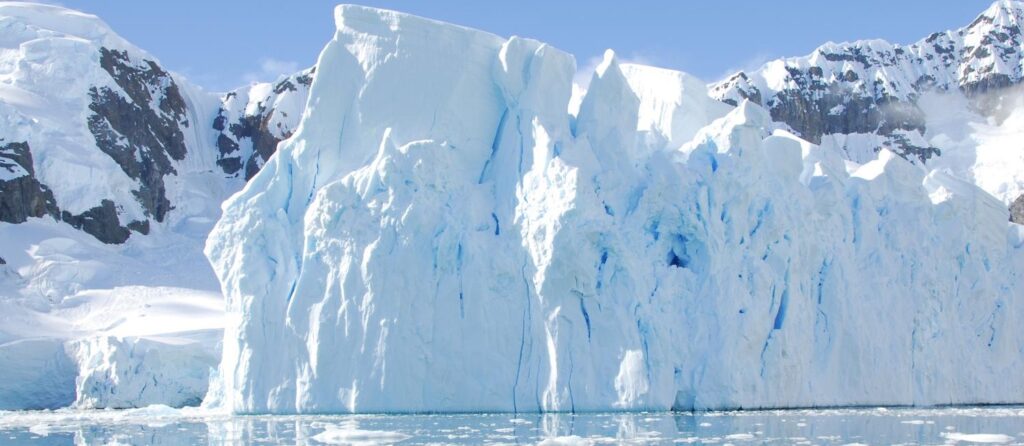
SMOS Surface Melt
SMOS Surface Melt
In recent years, the interest in the hydrological processes of the ice sheets has been rising, driven by the growing understanding of the chain of processes leading to major ice shelf collapses. This has fostered the interest in more advanced melt products than the traditional daily binary melt extent. Such products have been developed in the ESA 4DAntarctica project in order to identify different melt stages during the course of the summer seasons. For instance, using active remote sensing (scatterometry) it was possible to associate the variations of backscatter to partial melting/refreezing. Using passive remote sensing and combining several frequencies from three sensors and different overpass times (AMSR-E, AMSR2 and SMOS), we developed a classification with 9 classes providing quality information on night refreezing and the present of the meltwater at different levels (very surface, surface, in depth). This product called ‘melt4d’ provides the class for each pixel at 12.5 km and every day from 2010 with only an interruption between AMSR-E and AMSR2 in 2012.
The goal in the 5D Antarctica is to improve and operationalize the melt4d processing chain to deliver continuously updated products with enhanced resolution, and an integration of future passive microwave mission.

Daily extent of each of the 9 classes from September to June on average over 2012-2023 in Antarctica (all regions). Highlight the intense melt period (red), day night melting (black), weak melting (blue gray) and remnant liquid water detected by SMOS (light gray).
Summary of the SMOS surface melt datasets planned within 5DAIS
- Continuously generate SMOS at enhanced resolution in Antarctica.
- Integrate this new product in the melt4d algorithm.
- integrating AMSR3 data (to be launched in 2024 on JAXA’s GCOM-GW) with cross calibration with AMSR2
- Continuously generate and distribute this new melt5d data with a targeted timeliness of AMSR2 + 1 day
